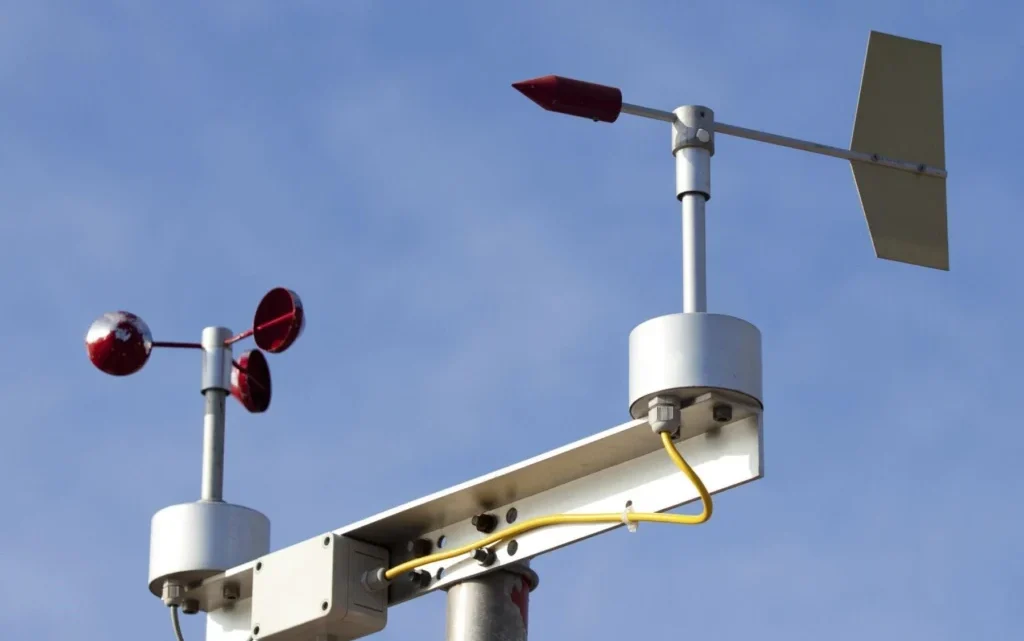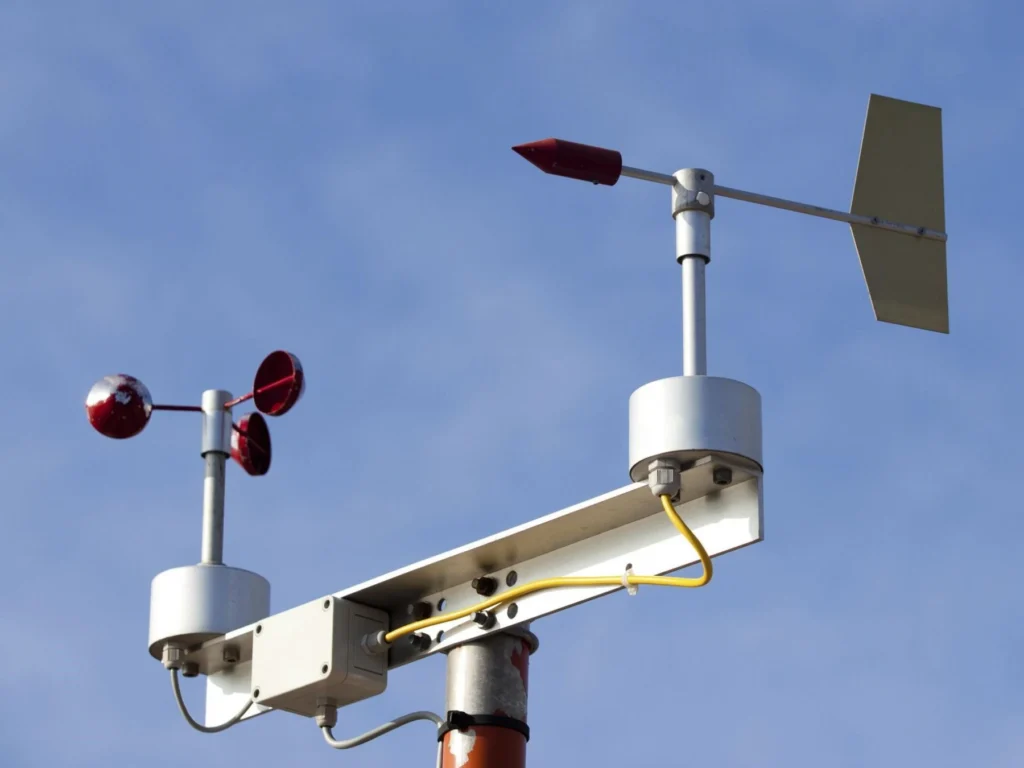
Wind Speed Measurement Instrument: An Essential Tool for Accurate Weather Monitoring

# Wind Speed Measurement Instrument: An Essential Tool for Accurate Weather Monitoring
Accurate weather monitoring is crucial for various industries, from agriculture to aviation. One of the key components in this process is the instrument to measure wind speed. These devices, known as anemometers, play a vital role in providing precise data that can influence decision-making and safety protocols.
## Understanding Wind Speed Measurement
Wind speed is a critical factor in weather forecasting and environmental studies. It affects everything from the spread of wildfires to the efficiency of wind turbines. Anemometers are designed to measure the speed of wind in various units, such as meters per second (m/s), kilometers per hour (km/h), or miles per hour (mph).
### Types of Anemometers
There are several types of anemometers, each with its own method of measuring wind speed:
– Cup Anemometers: These are the most common type, featuring rotating cups that spin with the wind. The speed of rotation is directly proportional to the wind speed.
– Vane Anemometers: These devices use a propeller or vane that aligns with the wind direction, providing both speed and direction measurements.
– Hot-Wire Anemometers: Utilizing a heated wire, these anemometers measure the cooling effect of the wind to determine speed.
– Ultrasonic Anemometers: These advanced instruments use ultrasonic sound waves to measure wind speed and direction without moving parts.
## Applications of Wind Speed Measurement Instruments
Wind speed measurement instruments are indispensable in various fields:
– Meteorology: Accurate wind speed data is essential for weather forecasting and climate studies.
– Aviation: Pilots rely on wind speed information for safe takeoffs, landings, and in-flight navigation.
– Renewable Energy: Wind farms use anemometers to assess wind resources and optimize turbine performance.
– Construction: Wind speed measurements are critical for ensuring the safety of high-rise construction projects.
### Choosing the Right Anemometer
When selecting an anemometer, consider the following factors:
– Accuracy: Ensure the device provides precise measurements for your specific needs.
– Durability: Choose a robust instrument that can withstand harsh weather conditions.
– Portability: For field studies, a lightweight and portable anemometer is ideal.
– Data Logging: Some anemometers come with data logging capabilities for continuous monitoring and analysis.
## Conclusion
Wind speed measurement instruments are essential tools for accurate weather monitoring. Whether you’re a meteorologist, pilot, or renewable energy specialist, having the right anemometer can make a significant difference in your work. By understanding the different types and applications of these instruments, you can make an informed decision and ensure the reliability of your wind speed data.
Investing in a high-quality anemometer is not just about acquiring a tool; it’s about enhancing the accuracy and safety of your operations. As technology advances, these instruments continue to evolve, offering more precise and versatile solutions for wind speed measurement.
Keyword: instrument to measure wind speed